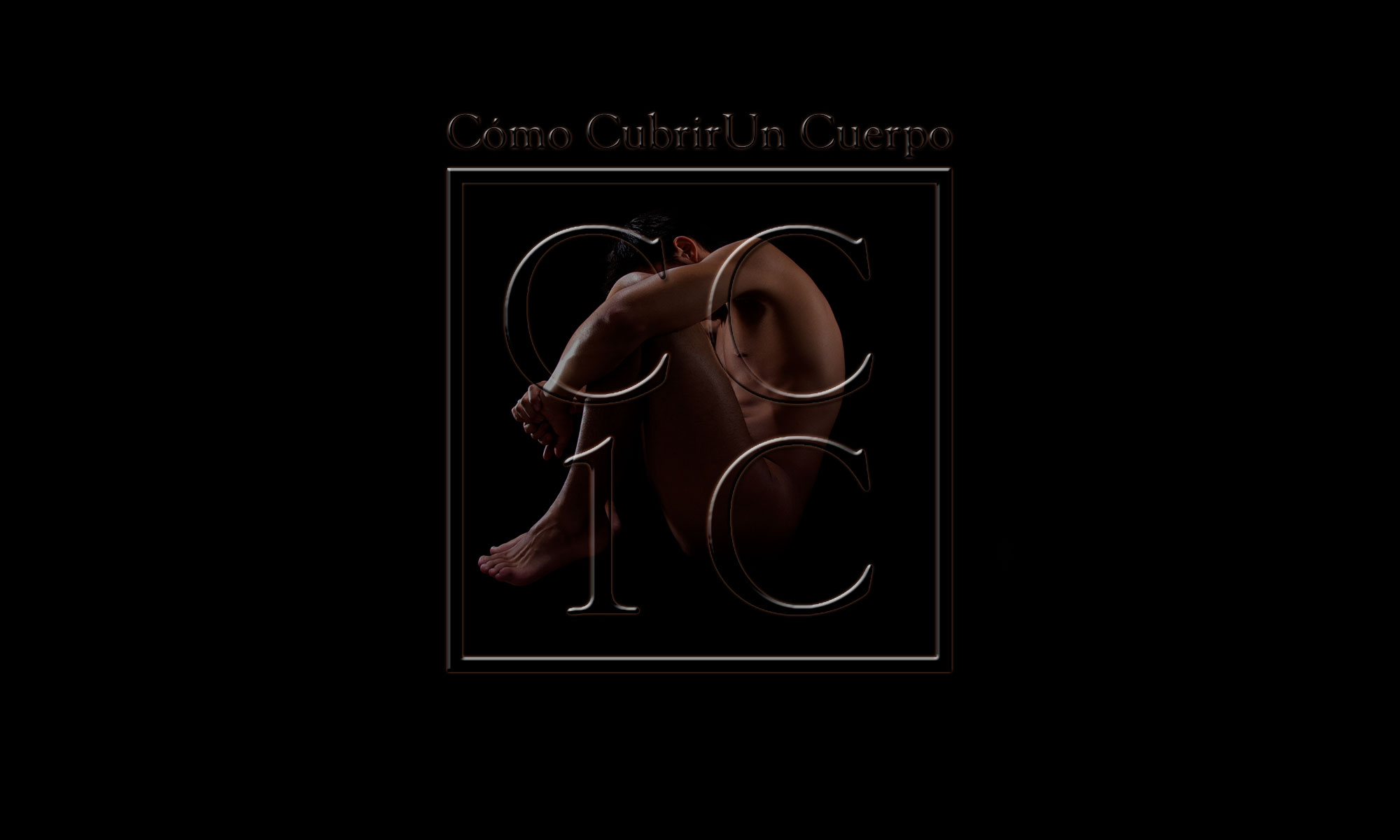A picture is worth a thousand words
The proverb, compendium of popular wisdom, says: “a picture is worth a thousand words.”
This post and the following ones are a reflection from an image; this image will generate many more than a thousand words.
Dr Paul Richer in his book “Artistic anatomy of the human body”, second volume “Woman” includes in the plate number twelve an illustration, which represents the silhouette of a man and, superimposed on it, the silhouette corresponding to a woman of the same rib cage.
Paul Richer presents this plate to explain the location of adipose .For us, it gives us the possibility to analyse on the same bone structure the variations of men and women’s of breast perimeters.
Paul Marie Louis Pierre Richer, known as Paul Richer (1849-1933) was a great anatomist, neurologist, historian of medicine, illustrator and French sculptor. Due to his gift for observation and drawing from a living model and his background in medicine, he soon became one of the best illustrators of human anatomy of his time. He held the chair of artistic anatomy at the School of Fine Arts in Paris (1903).
The double silhouette appears on the main plate and shows a series of lines indicating the sections at different levels.
The right side of the image shows the various sections.
We have reproduced the first section of this man-woman silhouette: the chest contour section.

In the inner zone, we observe the spine and the thoracic cage (marked with dotted line).
The area of black, outside to the dotted one represents the adipose layer of the male body.
The outermost silhouette represented with a thin line is the contour of the woman’s silhouette.
We have digitized the image to include new elements or erase elements from the original drawing. We draw with a dashed line (._.) the sagittal axis of the section that in the original illustration does not exist.
This image is interesting to analyse many procedures of pattern designers and discuss principles given as certain in the world of styling and even in the marketing of garments.
THE ADJUSTED UNISEX GARMENT.
Today, several designers want to reduce sizes and to make garments that dress both sexes, the so-called unisex garments.
The fashion industry is an industry, so it seeks profits. To increase sales, it tries to include in the collections a series of trends, not only colours, and shapes, but also philosophical concepts. Continually changing shapes, colours and styles renews people’s closets.
Sometimes when trying to do something right, problems arise.
Gender equality translates into fashion in unisex garments.
The garments of men and women must have the same usability and comfort. These attributes connect with the capacity of mouvement.
Garments cannot to be too loose nor too tight. They should be wide enough to allow the development of the joints and sufficiently narrow so as not to hinder the movements.
The outer silhouette that marks the woman’s body, and the interior one, that marks the man’s are different. Aristotle said a few years ago that “equal treatment should be given to the equals and unequal treatment to the not equals” hence, the woman and man’s bodies must be treat in a different way because they are different.
Narrow upper unisex garments (the same physical garment used by both sexes) is not possible at least in non-elastic fabric because of theirs different shape.
A narrow male garment must cover the shape of the male body and vice versa.
It is possible to create an identical narrow upper garment for both sexes, transforming and giving the same fit to the basic patterns of male and female. Patterns will be different in shape but identical in look, style and comfort.
Those garments will not be unisex, they will be two different garments (male and female ones) with a look based on the gender equality of sexes.
The NASA study of the differences between body shapes, which you can find in the web, is interesting.
The narrow upper garments in elastic fabric must use elasticity attributes to give comfort with the changes of length and width due the movements of the joints. The fit ratio (positive or negative) between the garment and the body must be the same. Applying elastic attributes to use the same garment in two different bodies (male and female) structures is shoddy work.
Our first conclusion for the drawing is that narrow upper unisex garments do not exist.
Bibliography:
Nouvelle anatomie artistique du corps humain, II cours supérieur. morphologie. La femme. Dr Paul Richer. Librairie Plon.
